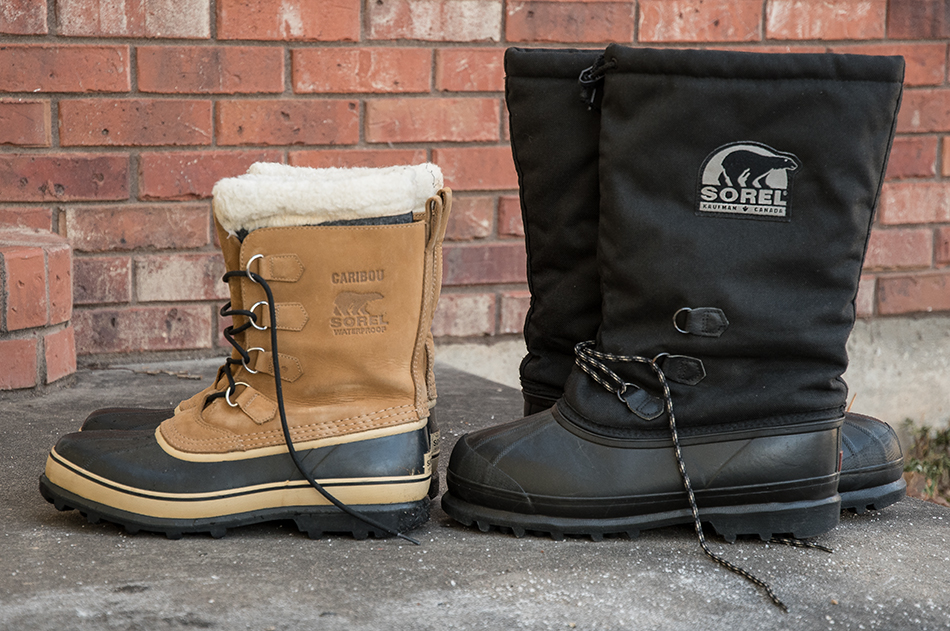
It is the heart of winter here in Colorado, and the mountains are getting lots of new snow. This time of year I travel into the mountains to photograph winter sports, landscapes and wildlife. Star photography is also great this time of year. But the one thing that can dampen any photographer’s enthusiasm for winter photography are cold feet. Who wants to sit around with frozen toes and and numb feet. I spent many years as a mountaineering guide on Denali and in the Himalayas, and nothing is worse than sitting on a belay for hours constantly wiggling your feet to avoid numb toes or even worse, frostbite. What to do?
First, let’s start with socks. No cotton. Cotton gets moist, stays moist, and your feet get cold. Period. Try a wool blend sock instead. I like Wigwam socks, and use their -40C Silver Socks when it is really cold out. They are incredibly warm, have nice cushion and also an odor eating treatment so your roommate won’t have to evacuate the room when you take your boots off. I normally don’t wear a liner, although you can to help wick moisture away from your foot.
Next, what boots to use. My favorite winter boots are made by Sorel, a company from Canada that knows what cold weather is all about. For temps that might dip below zero, I use my trusty Sorel Caribous. I have used these boots living in Alaska and photographing at 10 below in winter Yellowstone. They keep your feet warm, have great traction and are also good for hiking through the snow. Many snow boots, especially heavy insulated ones, are sloppy to wear and not good for hiking. Caribous are probably the best bet for most photographers in winter unless they are going somewhere really, really cold.
For temperatures like -30 below and colder, pick up a pair of Sorel Glacier XT. These boots are rated to -100 degrees, I hope I never experience that! But I have used them to photograph the Iditarod at -35 below and my feet were toasty wearing one pair of heavy wool socks. Walking in these boots feels like you are walking on a big sofa cushion they are so insulated from the ground. These boots aren’t as good for long hikes, but you are not wearing them for that. Last winter in arctic Alaska I was photographing the northern lights at -25 with toasty feet all night.
One last tip. When you are in the backcountry, you have to regulate your own body temperature. When my feet or hands get cold, I swing them back and forth to flush warm blood into my extremities. I might lean against a tree and swing my foot, or swing my arms in circles at my side. Sure, you might look funny, but rather than silently suffering with cold hands and feet you are doing something to fix the problem. It works!